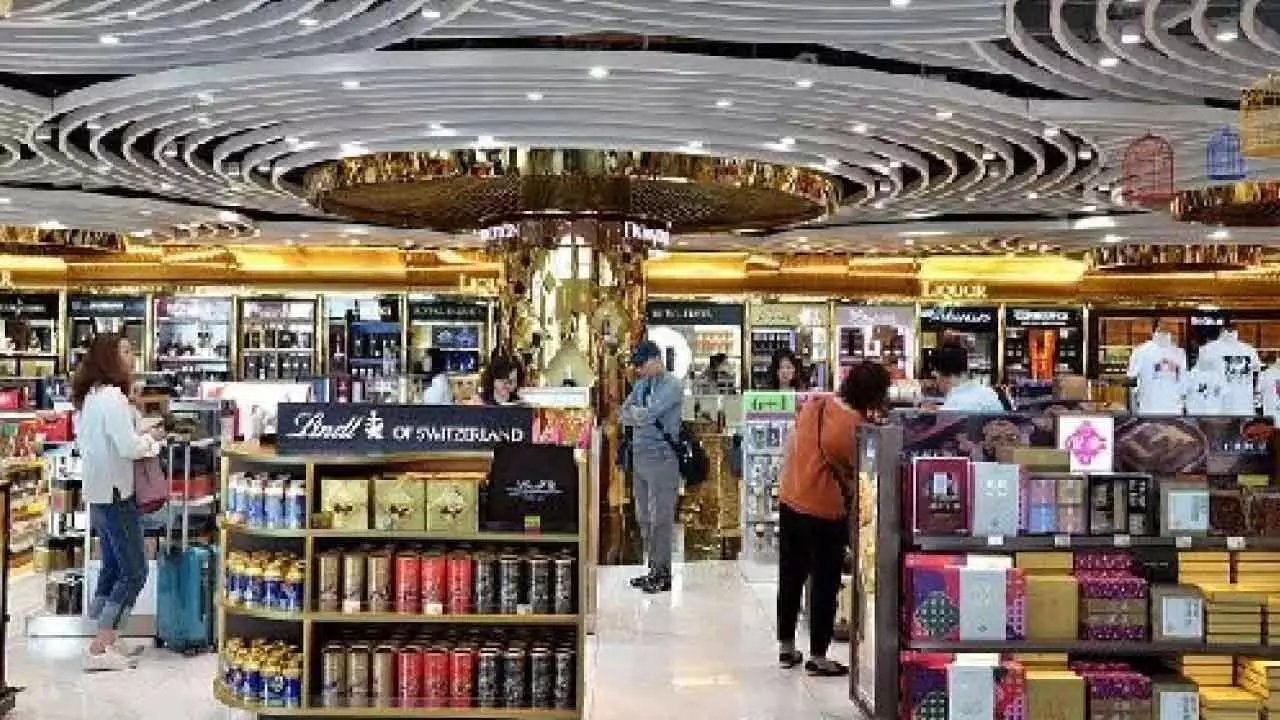India needs to focus on major push for travel retail sector
India needs to focus on major push for travel retail sector

The India travel retail market is witnessing substantial growth, fuelled by a rise in both international and domestic tourism. According to the World Economic Forum’s Travel and Tourism Development Index (TTDI) 2024, India ranks No. 39 among 119 countries, which highlights the nation’s increasing prominence in the global tourism sector. The middle classes have a passion and the wallet to travel the world. Consumer spending abroad has reached record levels, and the good news is that their spending priority is foreign travel, increasing from 37 per cent of spend in 2020 to 53.6 per cent in 2024 a rise of almost 25 per cent year-on-year to $17 billion in 2024 with over 40,000 new passports being issued every day. Passionate about international travel and the desire for new experiences is bringing Indians to travel retail’s shop window. A fast-growing economy on course to cross the $4 trillion mark this year, and likely to overtake Japan has been bolstered by an $11 billion plan to build around 400 new airports by 2047. India remains the most powerful long-term opportunity in our industry.
There is a clear and inspiring direction of the future opportunities for businesses in India, travel, retail and the middle class looking to travel the world comes across as a major push for travel retail. Consumer preferences in India's travel retail sector are undergoing a notable shift. With evolving lifestyles and increased exposure to global trends, travellers now seek unique and high-quality products. This inclination towards exclusive offerings is reshaping the assortment of goods available in duty-free shops, airport boutiques, and hotel stores. As consumers prioritise experiences and value authenticity, there's a growing demand for products that reflect their individuality and cater to their discerning tastes. This shift makes it binding on retailers to be in sync with the changing consumer desires, thereby enhancing their competitiveness in the market. The surge in disposable incomes, constituting close to 60 per cent of the GDP, propels the growth of India travel retail market. A notable aspect is the noticeable shift towards discretionary spending, especially on leisure and business travel. A study by Oxford Economics forecasts New Delhi and Mumbai to emerge as the world's largest consumer cities for middle-income households by 2030, further affirming India's promising outlook for retail growth.
One of the big opportunities is the new Navi Mumbai airport, which is expected to begin commercial flights latest by August, with an initial capacity of 20 million pax, rising to 50m by 2029. India is also expected to grow in importance over the medium to long term as more Indians join the ranks of the country’s growing middle class By 2035, it is projected that half of India’s workforce will be "AI-native," and women's participation in the workforce is expected to rise sharply from 25 per cent to 47 per cent. India's digital revolution is not only creating new jobs but also formalising employment across both rural and urban regions. Despite becoming the world's fifth-largest economy, India ranks only eighth in global merchandise exports, highlighting that persistent bottlenecks continue to limit growth. If key challenges are addressed, India’s digital economy could unlock massive growth, setting the country firmly on the path to becoming an $8 trillion economy by 2035.

